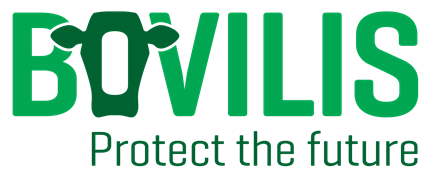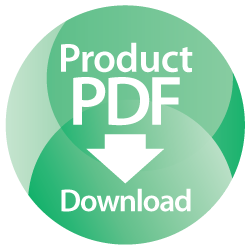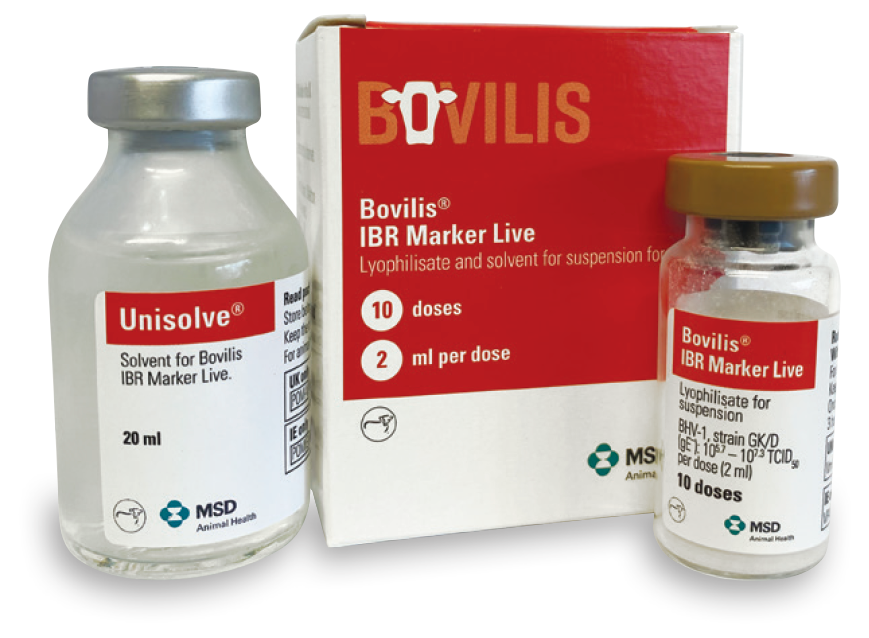
What is it?
IBR, Infectious Bovine Rhinotracheitis, an infectious respiratory disease in cattle. IBR is caused by a virus called Bovine Herpes Virus-1(BHV-1).
Why use Bovilis IBR Marker Live / Bovilis IBR inac
While IBR in dairy herds is associated with a drop in milk yield. It can also cause abortion.
Subclinical IBR can result in losses of 2.6kg milk per cow per day

How to use(Bovilis IBR Marker Live):
Dose: 2 ml
Method of administration: 3 months onwards: intranasal use or intramuscular
use.
Between 2 weeks and 3 months of age: Intranasal use. For intranasal use (1 ml
in each nostril), using a nozzle is recommended.
Once the initial injection of Bovilis IBR Marker Live is administered, a second re-vaccination must be administered 6 months later. Additionally, booster vaccines can then be administered at intervals no greater than every 12 months to maintain immunity. Furthermore, it is important to follow this vaccination schedule to ensure continuous protection against IBR.
Administration (Bovilis IBR marker Inac)
Dose: 2 ml
Method of administration: Intramuscular.
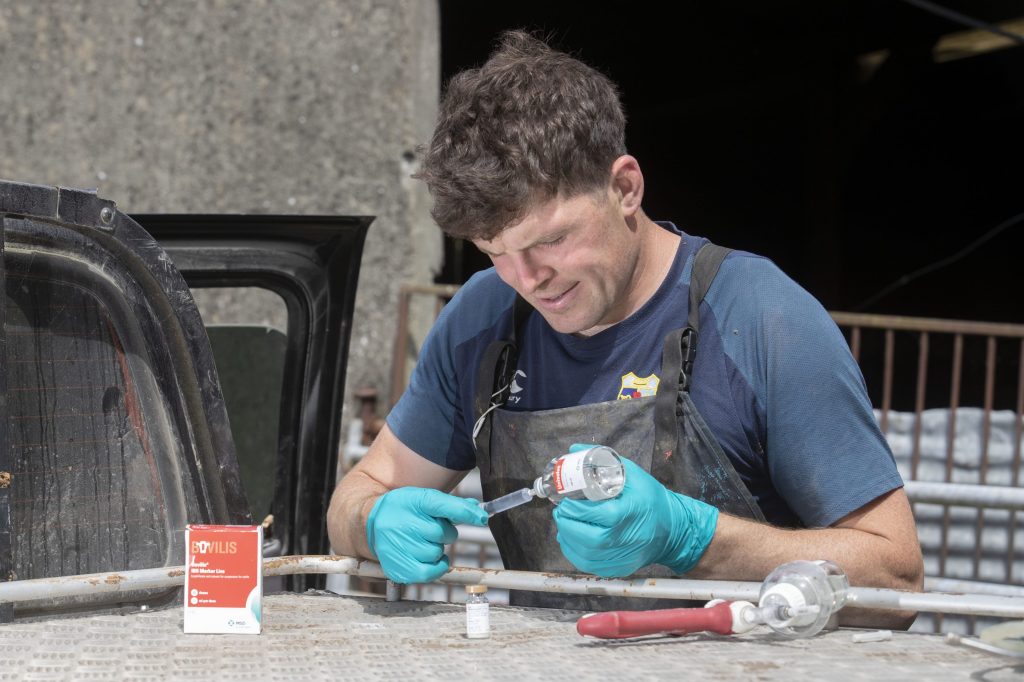
All cattle can be vaccinated from an age of three months onwards.
Primary vaccination: Two vaccinations with an interval of 4 weeks.
Re-vaccination: One vaccination every 6 months. Bovilis IBR marker inac can be used for re-vaccination in a schedule where Bovilis IBR marker live has been used for primary vaccination.
Withdrawal period(s) Zero days (Bovilis IBR Marker Live + Inac)

Live vs Inactivated:
There are two types of IBR vaccines: live vaccines and inactivated vaccines. In terms of shedding of BHV-1 (IBR) virus in newly infected naïve animals, vaccinating with the live vaccine results in less shedding compared to the inactivated vaccine ˡ. However, several studies have shown that live IBR marker vaccines provide better protection against clinical signs than inactivated vaccines. Therefore, it is important to speak to your vet for more information on the advantages of live IBR marker vaccines. Vets can also provide guidance on which vaccination regime is most suited to your herd circumstances, ensuring optimal protection for your animals.
Related Video
To activate the video player please allow cookies in category ‘Performance and Operation’ and refresh this page.
Related Articles
- Flies – Nuisance by name, nuisance by nature
 With temperatures slowly on the rise, next on the agenda – fly season. Impact on production and spread of disease Anyone who has worked with cattle during the summer months needs little reminding of the annoyance which flies can cause. They can be responsible for a state of unrest in the parlour for both cows … Read more
With temperatures slowly on the rise, next on the agenda – fly season. Impact on production and spread of disease Anyone who has worked with cattle during the summer months needs little reminding of the annoyance which flies can cause. They can be responsible for a state of unrest in the parlour for both cows … Read more - Reducing Abortion Rates in Your Flock: Enzootic Abortion of Ewes and Toxoplasmosis
 Eleanor Brady, MVB MRCVS, Ruminant Veterinary Manager, MSD Animal Health Many Irish flocks will experience a few abortions each year, but how many abortions is too many? Targets for abortion and overall empty rate are set at <2% and <5% respectively, although many flock owners accept rates higher than this. Approximately one third of lamb … Read more
Eleanor Brady, MVB MRCVS, Ruminant Veterinary Manager, MSD Animal Health Many Irish flocks will experience a few abortions each year, but how many abortions is too many? Targets for abortion and overall empty rate are set at <2% and <5% respectively, although many flock owners accept rates higher than this. Approximately one third of lamb … Read more - IBR Vaccination of Youngstock
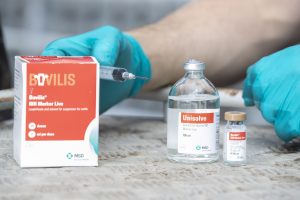 Helena Madden MVB MRCVS Cert DHH Ruminant veterinary manager MSD Animal Health IBR – Infectious bovine rhinotracheitis Infection with IBR virus is widespread in the cattle population in Ireland, with evidence of exposure in over 70% of herds (both beef and dairy). It is capable of causing disease (both clinical and subclinical) resulting in significant … Read more
Helena Madden MVB MRCVS Cert DHH Ruminant veterinary manager MSD Animal Health IBR – Infectious bovine rhinotracheitis Infection with IBR virus is widespread in the cattle population in Ireland, with evidence of exposure in over 70% of herds (both beef and dairy). It is capable of causing disease (both clinical and subclinical) resulting in significant … Read more
Bovilis IBR Marker Live Brochure
Sign up to Bovilis® product and event information
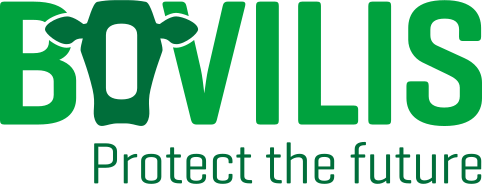
MSD Animal Health
Red Oak North, South County Business Park, Leopardstown,
Dublin 18, Ireland
vet-support.ie@msd.com
PHONE
CATTLE DISEASES
